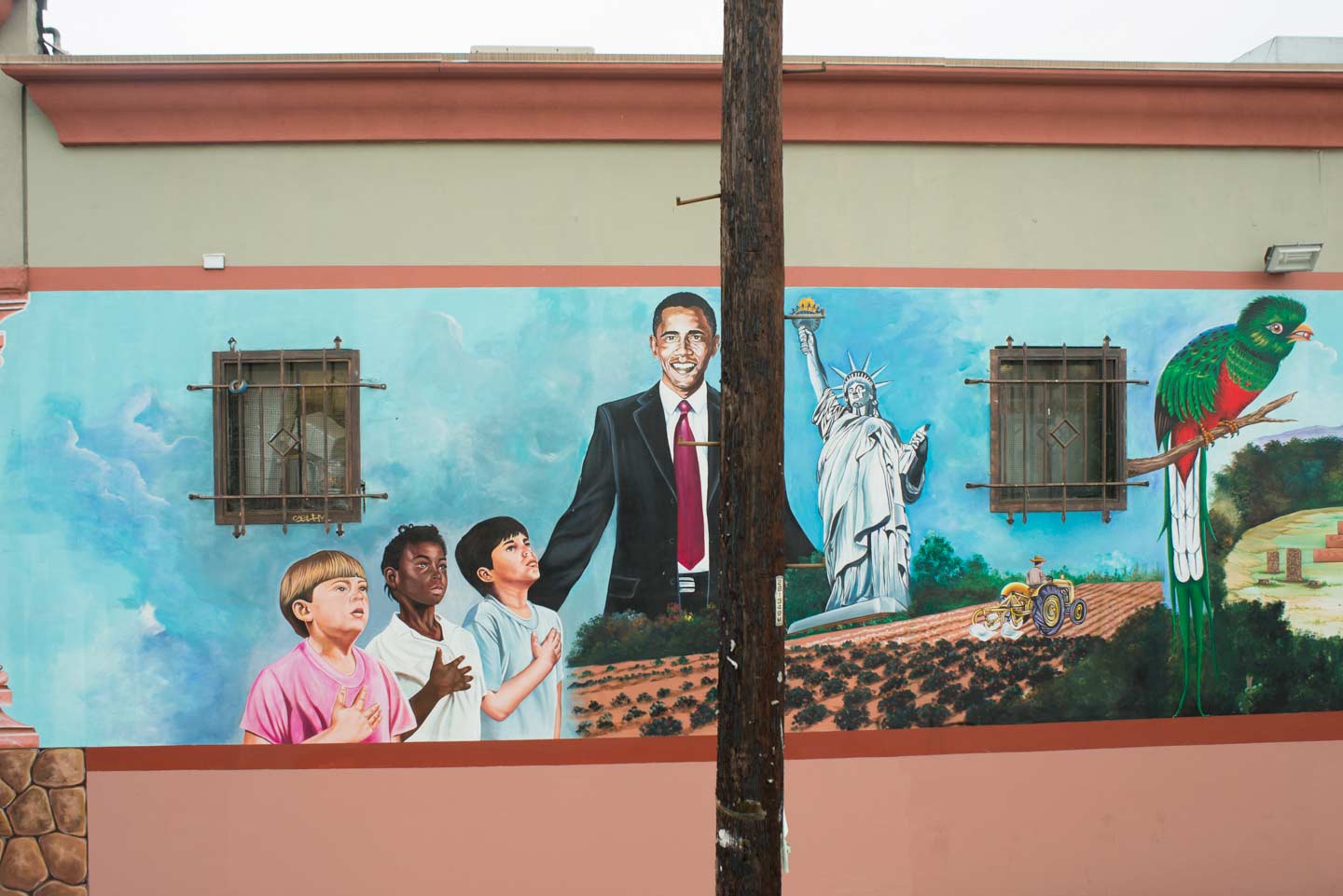Allyson Hobbs: A Chosen ExilePosted in History, Live Events, Media Archive, Passing, United States on 2016-02-25 00:47Z by Steven |
Miami University
Room 1 Upham Hall
100 Bishop Circle
Oxford, Ohio 45056
Thursday, 2016-02-25, 17:00 EST (Local Time)
The E.E. McClellan Lecture in History
Allyson Hobbs is Assistant Professor in the Department of History at Stanford University. Her book A Chosen Exile: A History of Racial Passing in American Life, published by Harvard University Press in 2014, examines the phenomenon of racial passing in the United States from the late eighteenth century to the present.
The book is winner of both the Frederick Jackson Turner Prize for the best first book in American history and the Lawrence Levine Prize for best book in American cultural history from the Organization of American Historians.
Between the eighteenth and mid-twentieth centuries, countless African Americans passed as white, leaving behind families and friends, roots and community. It was a chosen exile, a separation from one racial identity and the leap into another. Hobbs’s revelatory history of passing explores the possibilities and challenges that racial indeterminacy presented to men and women living in a country obsessed with racial distinctions, and also tells a tale of loss.
As racial relations in America have evolved, so has the significance of passing. To pass as white in the antebellum South was to escape the shackles of slavery. After emancipation, many African Americans came to regard passing as a form of betrayal, a selling of one’s birthright. When the initially hopeful period of Reconstruction proved short-lived, passing became an opportunity to defy Jim Crow and strike out on one’s own…
For more information, click here.



